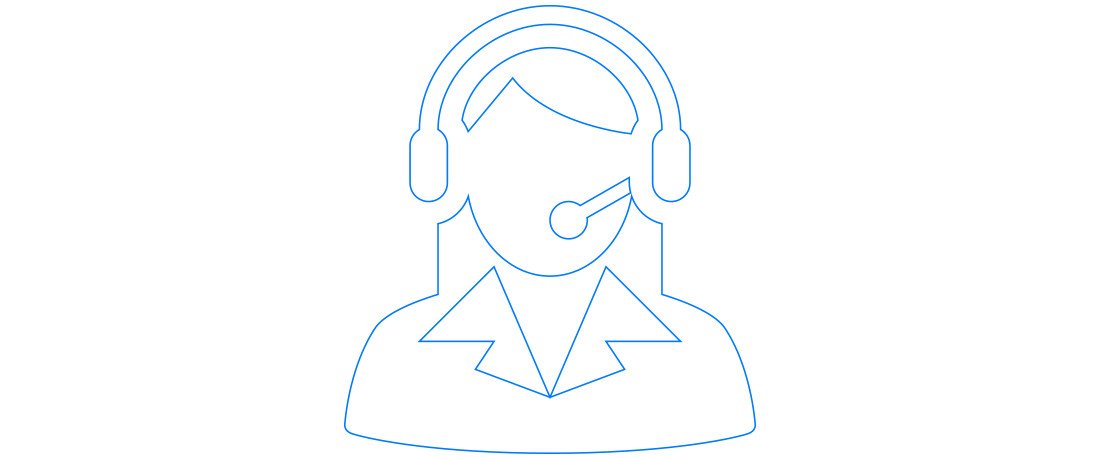Direct Attach Storage (DAS)
In Official Blog, Tech-BLOG, Tech-Forum, TechnicalIntroduction:
DAS is a type of storage that is connected directly to the server which enables quick access to the data but only through the server.
Direct-attached storage (DAS) is a basic level storage in which the host computer holds the storage devices or these can be connected to one server at a time. Networked workstations can access the data only through the host. DAS was the first storage model that gained widespread acceptance and is widely used. Even though networked storage models are gaining popularity, DAS still finds takers because it is easy to deploy and has a low initial cost of deployment. It helps if you have an idea of what your data availability needs are at present and what they will be in the future.
Storage System:
DAS is the most basic storage subsystem that provides block-level storage, and it’s the building block for SAN and NAS. The performance of a SAN or NAS is ultimately dictated by the performance of the underlying DAS, and DAS will always offer the highest performance levels because it’s directly connected to the host computer’s storage interface. DAS is limited to a particular host and can’t be used by any other computer unless it’s presented to other computers over a specialized network called a SAN or a data network as a NAS server.

There are the three basic types of storage.
- Direct Attached Storage (DAS),
- Storage Area Network (SAN),
- Network Attached Storage (NAS)
DAS is the basic building block in a storage system, and it can be employed directly or indirectly when used inside SAN and NAS systems. NAS is the highest layer of storage and can be built on top of a SAN or DAS storage system. SAN is somewhere between a DAS and a NAS.
SCSI — Small computer system interface is one of the oldest forms of storage interfaces traditionally used in server or workstation class computers.
PATA — Parallel advanced technology attachment (originally called ATA and sometimes known as IDE or ATAPI) was the most dominant desktop computer storage interface from the late 1980s until recently, when the SATA interface took over.
SATA — Serial advanced technology attachment is the official successor to PATA. So far, there have been two basic versions of SATA, with SATA-150 and SATA-300.
SAS — Serial Attached SCSI is the latest storage interface that’s gaining dominance in the server and storage market. SAS can be seen as a merged SCSI and SATA interface, since it still uses SCSI commands yet it is pin-compatible with SATA.
FC — Fibre channel is both a direct connect storage interface used on hard drives and a SAN technology. FC offers speeds of 100, 200, and 400 MB/s.
Flash — Flash memory isn’t a storage interface, but it is used for very high-end storage applications because it doesn’t have the mechanical latency issues of hard drives.
RAM — Random access memory is also not traditionally seen as a storage medium, but it can be used as an ultra-fast storage device.
API:

Working:

BackUp Solution:
Data De-Duplication
Continuous Data Protection
Tape Drives
Tape Libraries

Disk to Disk
Storage Management Solutions
Benefits:
- The key difference between Direct Attached Storage (DAS) and NAS is that DAS is simply an extension to an existing server and is not networked while NAS sits on a network as its own entity; it is easier to share files with NAS.
- Availability of data might potentially be increased . if it provides built-in RAID & Clustering capabilities.
Limitations:
- Not suitable for data intensive applications.
- Low data transfer rate.
- Limited scalability.
- Highly initial cost.
Applications:
1.File/Print server
2.Application specific server
3.Video Imaging
4.Graphical image store
5.Centralized file sharing
6.File system mirroring
7.Snap shot critical data
8.Replacement of traditional backup methods
Awadhesh Kumar















